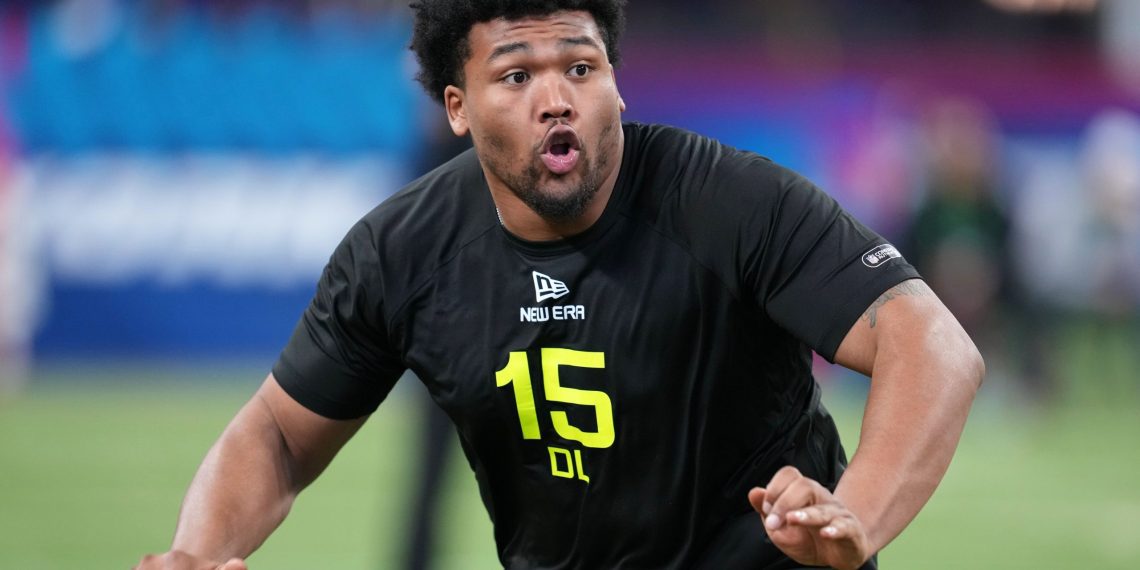Context and Challenges
Following a challenging loss in the championship game, the team faces a pivotal draft decision. Holding one of the later selections, there is intense focus on whether to remain patient as the draft unfolds or to act decisively by trading up. This moment encapsulates the friction between addressing long-term organizational goals and responding to immediate competitive challenges.
Assessing the Trade Opportunity
One option on the table involves targeting a promising defensive lineman prospect from Oregon. Known for his length and athletic ability, this player is seen as a potential long-term replacement for a key veteran on the defensive front. Such a move would mark a significant shift from the team’s recent history of leaning on offensive line reinforcements with later picks or trades. Trading up for this defensive asset would require a swap with another team to secure additional draft capital, reflecting a bold approach in pursuit of enhanced defensive depth.
Balancing Dual Needs
While the prospect offers exciting potential on defense, there is an equally pressing need to stabilize the offensive line. Strengthening this unit is essential not only for next season but also for sustaining performance over the long term. The organization now finds itself at a crossroads, weighing the benefits of securing an eventual cornerstone on defense against the immediate tactical advantage of bolstering the offensive line.
Strategic Direction
The decision embodies a calculated risk that could redefine the team’s future trajectory. Opting for an aggressive trade-up would signal a commitment to proactive roster management and an unwavering determination to remain competitive. Ultimately, this draft dilemma reflects the broader challenge of balancing the urgency of short-term fixes with the vision required for long-term success.









